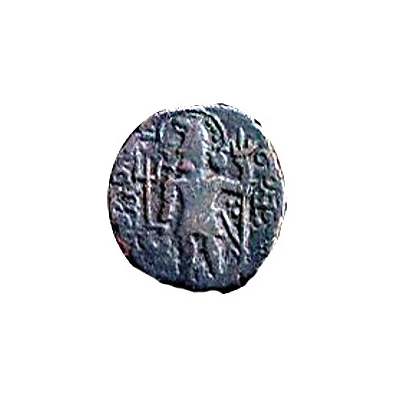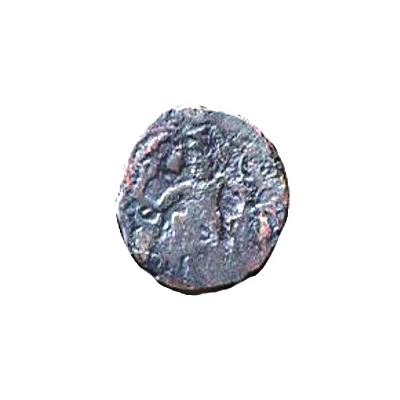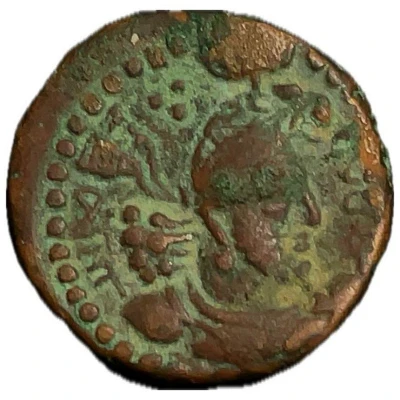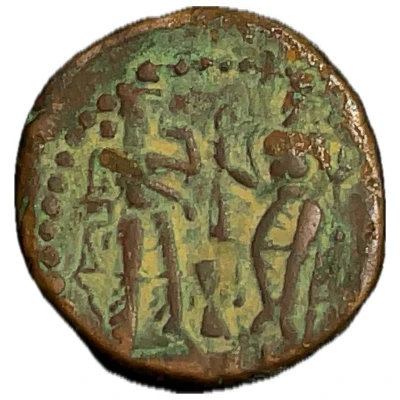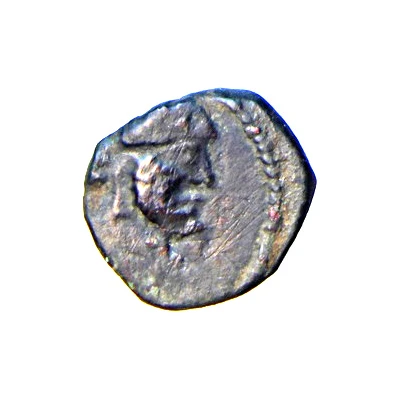
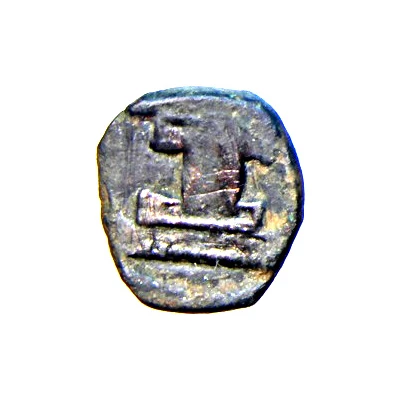

Chalkon - Hormizd I
| Billon | 2.14 g | 12 mm |
| Issuer | Indo-Sasanian Kingdom (Sasanian Empire (224-651)) |
|---|---|
| Shah | Hormizd I (265-295) |
| Type | Standard circulation coin |
| Years | 264-272 |
| Value | Chalkon (1⁄576) |
| Currency | Drachm (230 AD-360 AD) |
| Composition | Billon |
| Weight | 2.14 g |
| Diameter | 12 mm |
| Shape | Round (irregular) |
| Technique | Hammered |
| Orientation | Variable alignment ↺ |
| Demonetized | Yes |
| Updated | 2024-10-10 |
| Numista | N#79027 |
|---|---|
| Rarity index | 85% |
Reverse
Fire-altar of Ardashir type, with traces of bust in flames.
Comment
A major obstacle in studying the Kushano-Sasanians is the almost complete lack of historical documentation regarding the kingdom. Scattered references in the chronicles, a few often cryptic dedicatory inscriptions, and the coins of the kings are all we have to work with. The result is a wide range of conflicting opinions about basic facts of chronology and identification of rulers. For example, the coins identified as belonging to Peroz I by Carter have at least five different styles of crown. Is this Peroz one long-lived ruler who changed headgear as his relationship with the central power shifted, or do we have five sequential rulers of the same name, who changed the design of their crown in the Sasanian fashion? Even the basic chronology is controversial. The dates given for the coins of the Kushano-Sasanian rulers Peroz I and Hormizd I are based on the chronology of Carter and Cribb, with coins struck from the early days of the kingdom, beginning ca. A.D. 265. Another faction, represented by Göbl and Alram, compress all the Kushano-Sasanian coinage into a brief period of about 25 years, starting around A.D. 350. The issue will not be resolved until we have a firmer grasp of the history of Central Asia.
[Commentary provided courtesy of Sayles & Lavender, LLC]
Alram 1409
Interesting fact
One interesting fact about this coin is that it features an image of King Hormizd I on one side and a fire altar on the other, which reflects the Zoroastrian religion that was prevalent in the Sasanian Empire at the time.
